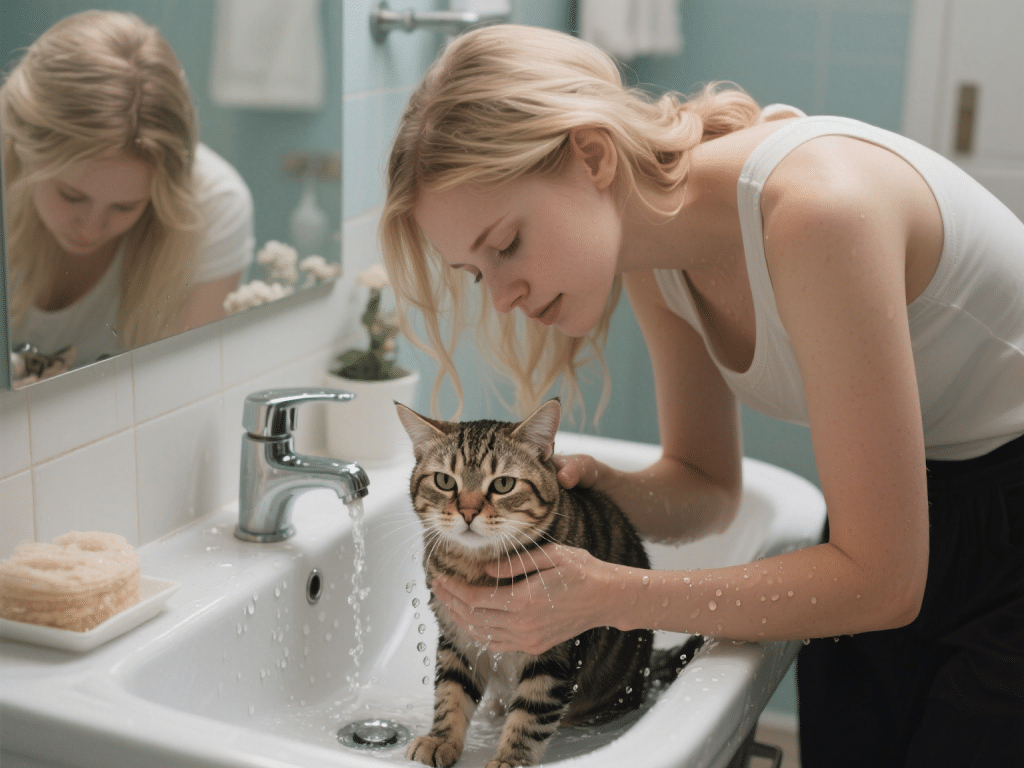
As a board-certified veterinary nutritionist and diabetes educator, I’ve supported dozens of families managing canine diabetes. With consistent monitoring, tailored diet, and owner engagement, diabetic dogs can thrive for years. Below is a step-by-step guide to diet formulation, home glucose monitoring, and daily care strategies that embody Expertise, Authoritativeness, and Trustworthiness.
1. Understanding Canine Diabetes
Canine diabetes mellitus resembles Type 1 diabetes in humans: the pancreas produces insufficient insulin, leading to elevated blood glucose. Common signs include increased thirst, frequent urination, weight loss, and lethargy. Early diagnosis by a veterinarian through fasting blood glucose and fructosamine testing is critical.
2. Formulating the Ideal Diet
High-Fiber, Moderate-Protein: Fiber slows glucose absorption; protein maintains lean body mass.
Low Simple Carbohydrates: Avoid rice, corn, and wheat-based kibbles. Choose prescription diabetic diets or formulate home-cooked meals under professional supervision.
Consistent Feeding Schedule: Feed two equal meals daily, timed with insulin injections to prevent hypoglycemia or spikes.
3. Insulin Types and Administration
Long-Acting Insulins: Glargine or detemir are preferred for stable 12–24 hour control.
Dosing Protocol: Initial dose generally 0.25–0.5 IU/kg twice daily; adjust based on home monitoring curves.
Injection Technique: Rotate injection sites (scruff, flank) to prevent lipodystrophy; use 6 mm, 31G needles for minimal discomfort.
4. Home Glucose Monitoring
Frequency: Measure blood glucose at home 3–4 times daily for the first week of therapy, then 1–2 times daily once stable.
Method: Use a veterinary glucometer with species-specific calibration. Prick the ear margin or paw pad for capillary blood.
Glucose Curve Interpretation: Plot values to identify nadir (lowest point) and peak; adjust insulin dose if nadir falls <80 mg/dL or peak >300 mg/dL.
5. Lifestyle and Exercise
Regular Activity: Moderate daily walks help insulin sensitivity. Avoid sudden high-intensity play right after meals to prevent hypoglycemia.
Weight Management: Ideal body condition reduces insulin requirements; calculate Resting Energy Requirement (RER) and adjust based on activity and metabolic changes.
6. Client Education and Follow-Up
Record Keeping: Maintain a diabetes logbook of meal times, insulin doses, glucose readings, and clinical observations.
Veterinary Visits: Recheck at 2 weeks post-diagnosis, then every 3 months—evaluate clinical signs, lab work, weight, and dosage.
Recognizing Emergencies: Teach owners to identify hypoglycemia (weakness, tremors, seizures) and administer fast-acting glucose source immediately, then seek veterinary care.
By combining precise diet formulation, diligent monitoring, and collaborative veterinary support, you’ll empower your diabetic dog to live a balanced, happy life. Remember: consistency, education, and compassion are the pillars of successful diabetes management.









Comments on " Managing Diabetes in Dogs: Diet, Monitoring, and Care" :